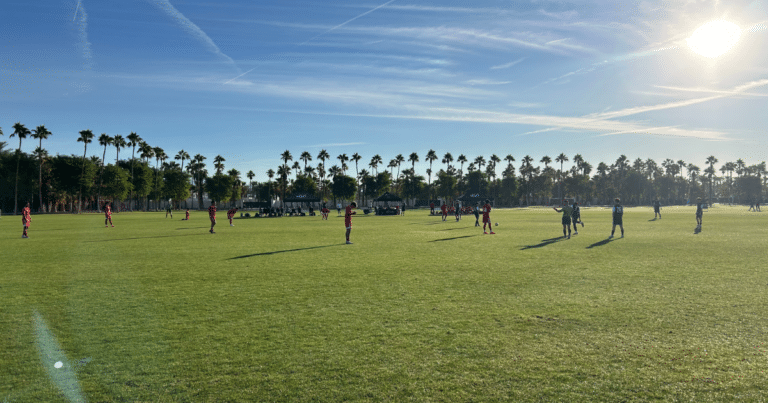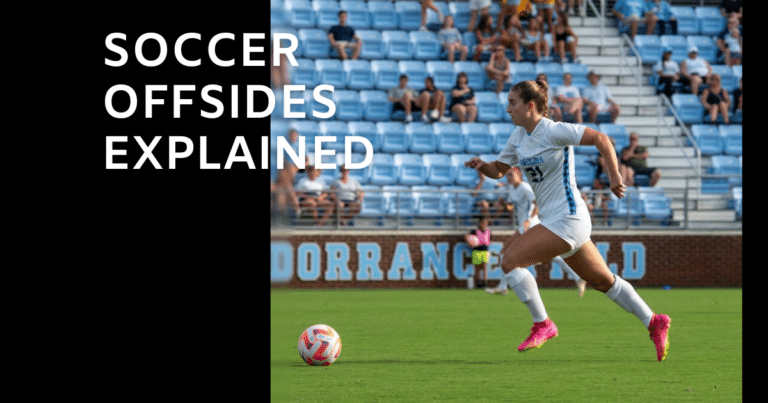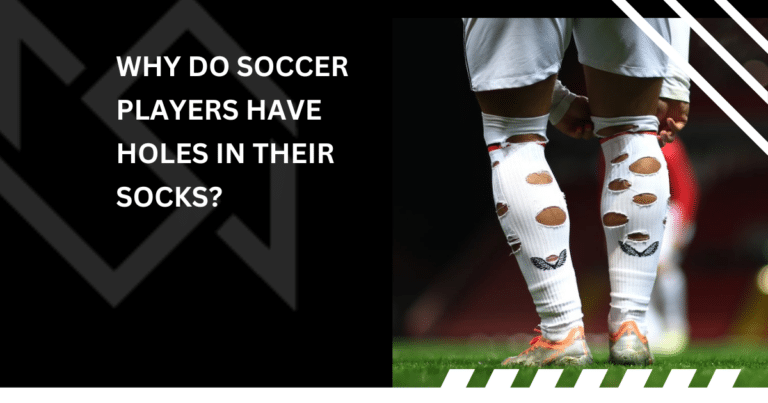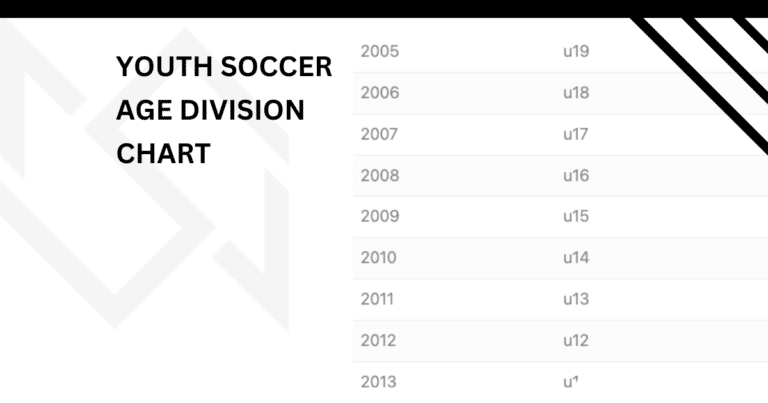A Field Guide to Soccer Referee Signals
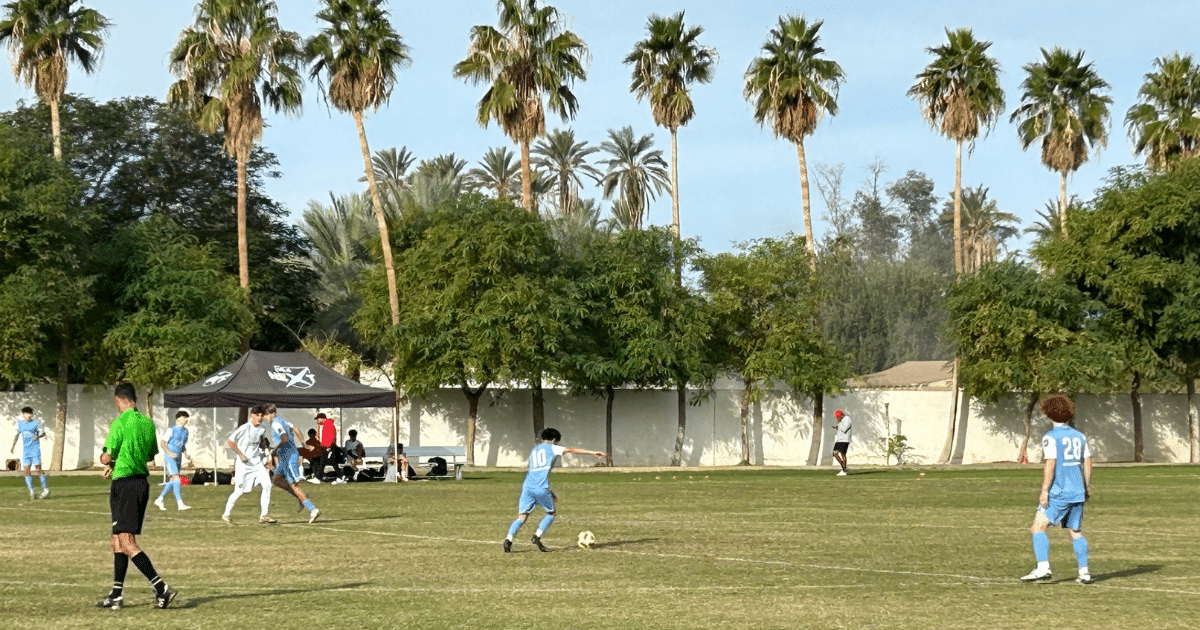
Ever wondered why soccer referees look like they’re conducting an orchestra? From whistle blasts to flag waves, these signals keep the sport moving smoothly.
Whether you’re a player, coach, parent, or fan, this guide will help you speak the universal language of soccer officials.
TL;DR:
- Referees use three main tools to control the game: whistles for timing, flags for boundaries, and hand signals for decisions.
- Most calls combine multiple signals working together to communicate clearly to all players and spectators.
- Understanding these signals helps everyone to follow the game better and respect officials’ decisions.
The Referee’s Arsenal: Tools of the Trade
The Mighty Whistle
The whistle is the referee’s primary communication tool, used to control the flow of the game:
- One blow: Signals the start of play, indicates fouls, or confirms goals
- Two blows: Indicates the end of a half
- Three blows (with the last being extended): Marks the end of the match
Flags
Assistant referees (ARs) use flags to communicate with the main referee:
- Raised vertically: Indicates out of bounds
- Waving motion: Signals fouls or offside infractions
Hand Signals

Referees use specific hand gestures to communicate their decisions clearly:
- Direct free kick: Single arm pointing toward the opposing team’s goal
- Indirect free kick: Arm raised straight up until the ball is kicked
- Penalty kick: Direct point to the penalty spot
- Advantage: Arm raised at 45-degree angle to indicate play should continue despite a foul
The Referee’s Repertoire: Signals in Action
Cards
- Yellow and red cards: Shown to players for serious rule violations
- Cards are held high above the head for clear visibility
Set Pieces
- Corner kicks: Arm points to the nearest corner flag
- Goal kicks: Arm points to the goal area
- Throw-ins: Arm indicates the direction of play
The Technical Aspects
- Offside: Initially signaled by AR’s raised flag, followed by referee’s whistle
- Substitutions: Arms raised with rotating motion
- Video Assistant Referee (VAR): Rectangle drawn in the air with hands
VAR in Modern Soccer
In professional matches, VAR technology supports referees in making crucial decisions. When VAR is consulted, the referee makes a rectangular TV screen gesture with their hands to indicate the review process.
The Choreography of Control
Many referee signals work together in sequence. For example, an offside call typically involves:
- Assistant referee raising their flag
- Main referee’s whistle
- Hand signal indicating the free kick direction
Beyond the Whistle
Understanding referee signals is important, but equally crucial is maintaining respect for officials. Remember:
- Referees make split-second decisions in fast-moving situations
- Even at professional levels, some calls may be missed
- Officials are human and deserve respect regardless of their decisions
The best way to enjoy the game is to focus on supporting the players rather than criticizing the officials. This creates a more positive environment for everyone involved, from youth leagues to professional matches.
In youth games, there’s already a shortage of refs, let’s not discourage them from pursuing their passion.
The Method Behind the Movements
Clear understanding of referee signals benefits everyone:
- Players can respond quickly to calls
- Coaches can adjust their strategy accordingly
- Fans can better follow the flow of the game
- The overall match proceeds more smoothly
Remember that referee signals exist to facilitate clear communication and maintain fair play.
While disagreements about calls are natural in any sport, understanding the basic signals helps everyone appreciate the game’s structure and the officials’ role in maintaining it.
Advice to Parents
As an aside, be nice to your referees.
They are trying to do their best. It really is tough to make the right calls in the moment. Sometimes the game happens so fast that the referee misses things. The best thing you can do is keep it to yourself.
I’ve been on the sidelines where the parents just berate and argue all game. I’ve seen it at the U19 level and unfortunately U8, age doesn’t matter. Some parents think they know the game better than the coaches and refs. The funny thing is, they usually don’t.
Parents should sit back and enjoy their son or daughter playing the game they love. We should try to take the emotions out of it. It will be better for them, the player, the coach, and the referee!
Let’s make youth soccer what it should be: a place where kids play, learn, and grow, supported by adults who model the respect and dignity that sport can teach us. After all, the best youth soccer memories are made not by perfect officiating, but by the joy of playing the beautiful game.

Written By: Beau Bridges
Beau is the founder of SoccerNovo, dedicated to helping players and parents navigate the youth soccer landscape. As a former youth coach and soccer parent, he shares insights on player development, recruiting, and the ever-evolving soccer scene in the U.S.
Let’s connect


